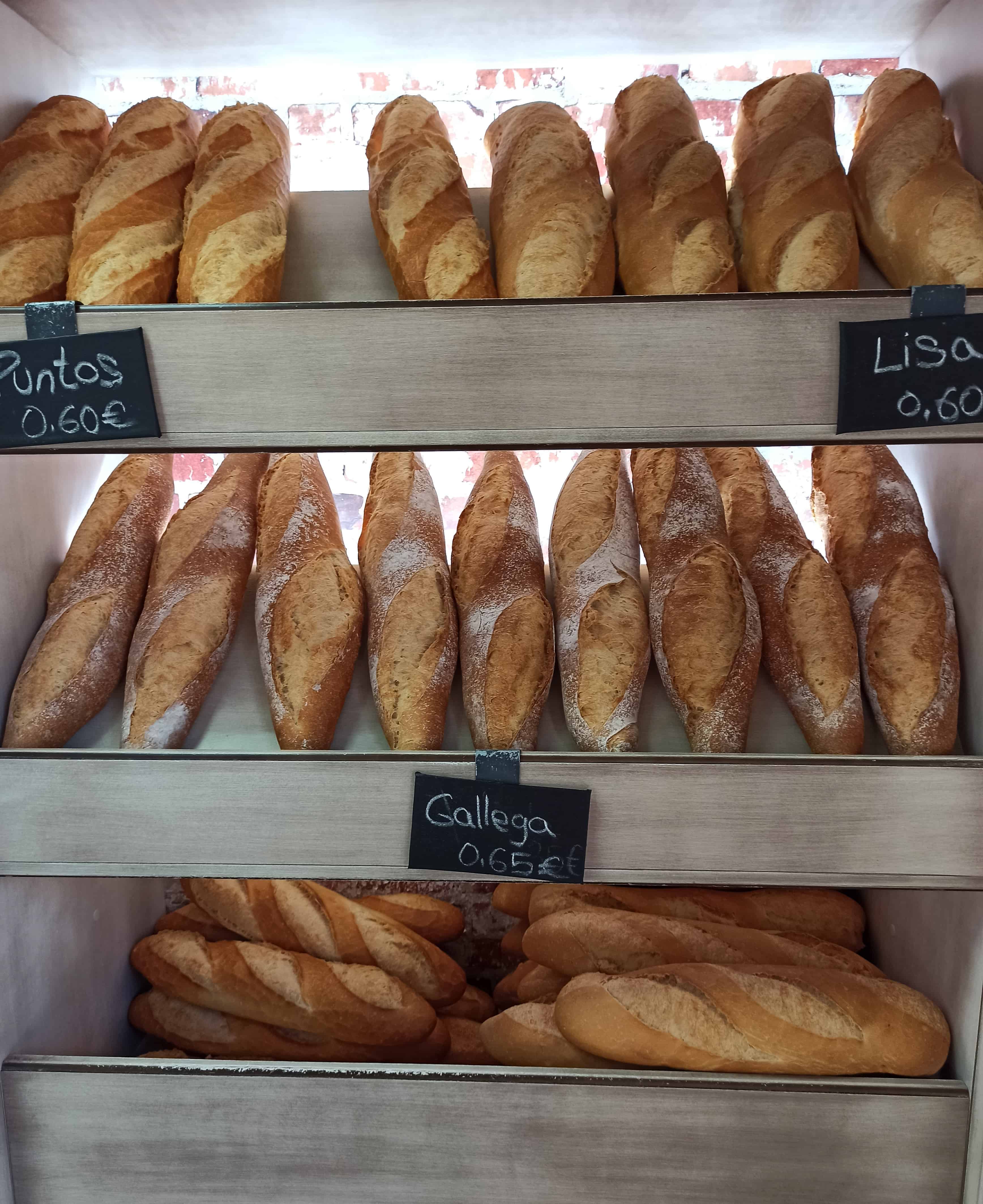
"This is the best thing since sliced bread"
Yes, ask most people and they will agree that sliced bread is a good thing. It's a universal staple, one of the oldest man-made foods. Bread is simple but, it carries a lot of cultural significance and endless ways of preparing it. But is it really considered vegan?
Is yeast vegan?
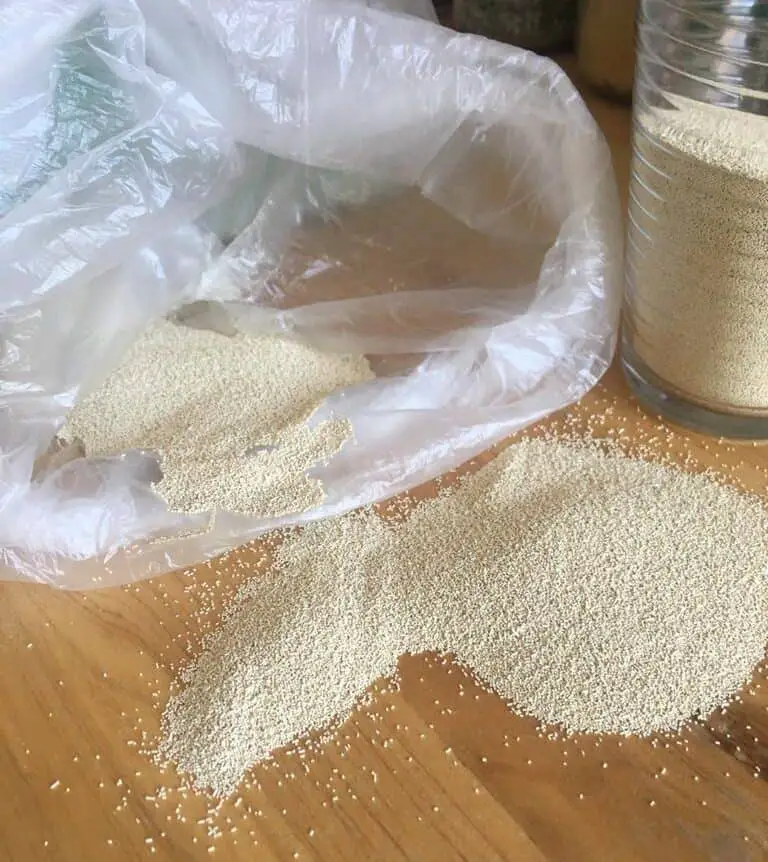
It needs food to be active. It eats sugar but has no stomach. It releases carbon dioxide, but has no lungs.
Did you guess? Right, it´s yeast.
Yeast is a single-celled fungus that feeds on sugars. But since it has characteristics of a living being some have wondered if it is ethical for vegans to consume yeast and the things that are made with it, like bread.
It is true that yeast is a living organism, just as plants and bacteria are. But just like plants, it has no nervous system.
That being said, if we want to avoid harming living things that may suffer, yeast does not enter the equation. Without a nervous system and organs, it lacks the ability to feel pain.
Yeast is vegan. The natural growth of this organism in plants and in the soil has nothing to do with the suffering of sentient beings.
What ingredients in bread are not vegan?
Most bread is made with wheat flour, water, salt and yeast. So the most basic and simple bread is usually vegan. And the good thing is if the bread does have some ingredients that come from animals, in practically every case, it can easily be replaced by a vegan ingredient.
But apart from the obvious, milk, butter, egg and honey, what other ingredients are added to bread that are not vegan?
Well, we should be careful with ingredients that are used as additives and fillers for processed breads. For example:
Gelatin-Gelatin serves as a dough enhancer. It is used as a thickening agent that can make the dough more elastic when the gel traps some of the moisture.
It comes from the skin of animal bone, hoofs and connective tissue of pigs and other animals and is therefore non-vegetarian.
Whey and Casein- Whey is the yellow-green liquid, which is left behind in the process of coagulation of cow's milk. For example, in the production of cheese, yogurt or butter, the solid part (the curd or casein) is used for the product and the liquid part (the whey) remains.
For years what was considered waste is now considered a valuable product. This by-product is now very commonly used in bread, cookies, and other baked goods.
It can act as a texture modifier, emulsifier and preservative, among other things. And casein, or sodium caseinate, is used to increase the dough's volume.
Whey is praised as a source of protein. And it is, it's one of the two main proteins in the cow's maternal milk. But as a consequence, it can be difficult to digest, and a problem for those who are allergic to milk.
So whey protein isn't something we need. If you're eating a balanced plant based diet you'll get more than enough protein and it won't be something you have to worry about.
Mono Diglycerides- It's a type of glyceride or fatty acid. A large portion of mono-diglycerides are not vegan but some are because they are extracted from soy or palm oil.
They are used as emulsifiers, so that oil and water don't separate, to improve the texture and consistency of foods, to extend the shelf life of the product, and/or to add sponginess.
But it should be noted that eating foods high in this fatty acid may not be as healthy, especially since it also contains trans fat.
Still, glycerides are found in many foods. But usually it's only a small percentage.
Sometimes the ingredient table label will not say whether the mono-diglycerides come from an animal product or not.
To be absolutely sure you will have to contact the company and ask them whats the source of their mono-diglycerides.
Even better, look for a bread that doesn't contain it, it's much easier! In my case I'd rather just make my own bread at home than go through all this hassle.
Lecithin- Lecithin is used as a preservative to maximize shelf life of products and to emulsify. In bread it serves to make sure that the dough stays together better, and as a softner to prevent it from going stale.
Lecithin is almost always derived from soy but is also found in the egg yolk.
Just remember this...
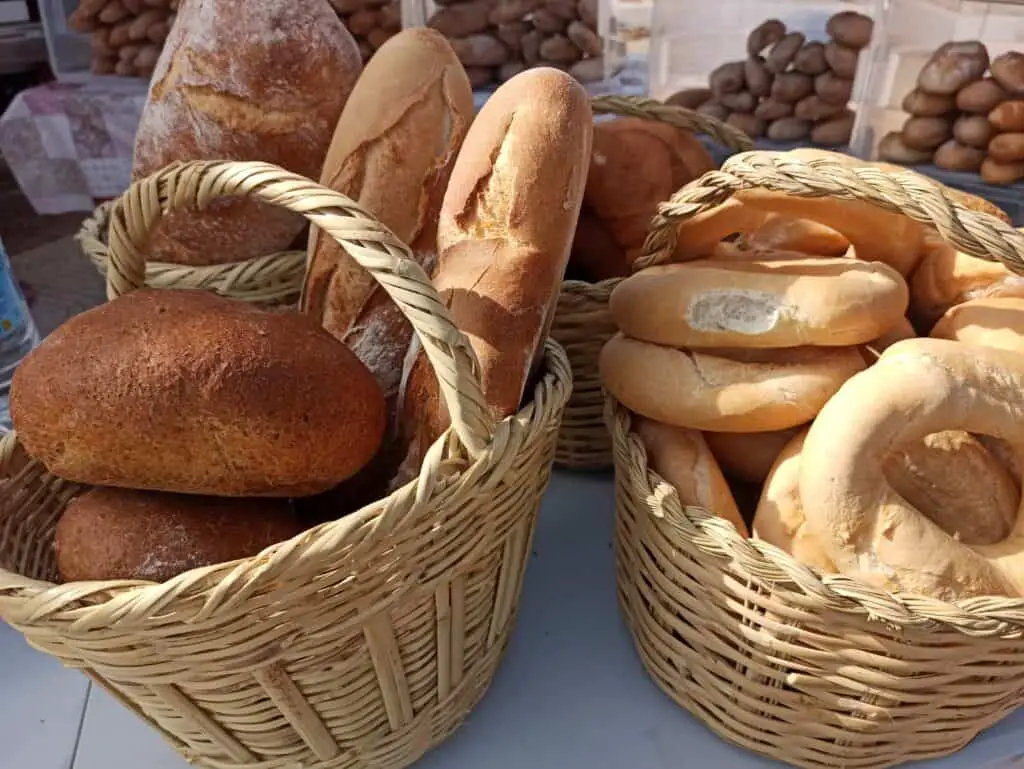
Now, when you go to a restaurant, for example, you don't have to ask the waiter a thousand questions about whether the complimentary bread in the basket on the table has lecithin, mono-diglycerides, or whey in it.
Most likely, he won't know. Besides, doing that will give a false impression that being a vegan is difficult, too exacting or strict.
So just keep these tips and principles in mind:
- Highly processed, super soft, enriched or even shiny breads usually have products that make them last and stay soft longer. And to achieve these results they usually contain egg or butter. The less processed the better, and more likely to be vegan.
- Breads that are darker tend to be more whole, but could also just be colored with molasses or other ingredients. If it's unsweetened, flat, has a harder texture and a crispy crust, these are good signs that it may be vegan.
- Buy bread from the refrigerator or frozen section. Breads in these sections probably are most likely stored here to stay fresh, indicating that there are no preservatives in them. This is a healthier bread, and there is a high probability that it is vegan.
- Look for breads that say 'whole grain' which means the grain is still in tact and has not been processed. This in itself does not mean that it is definitely vegan but it will be more nutritious and possibly has no animal products in it.
- Still, the best way to know for sure if your bread you're buying is vegan is to simply read the label. Try to identify a couple that you like and this way you won't have to read several labels every time you go to the supermarket.
- There can always be exceptions, so ask if you need to. If you buy artisan bread from a bakery it should be easy to ask the baker about the ingredients.
Popular Vegan Breads
Some types of breads we like are already naturally vegan. Although, again, there can always be exceptions, the recipes for these breads do not typically contain animal products.
Sourdough-A bread often round in shape that is made with biological or natural fermentation of lactobacillus and yeast in the flour instead of baker's yeast. It tastes a little bit sour, similar to what you taste when you eat other probiotic foods such as yogurt (that is vegan yogurt, of course)
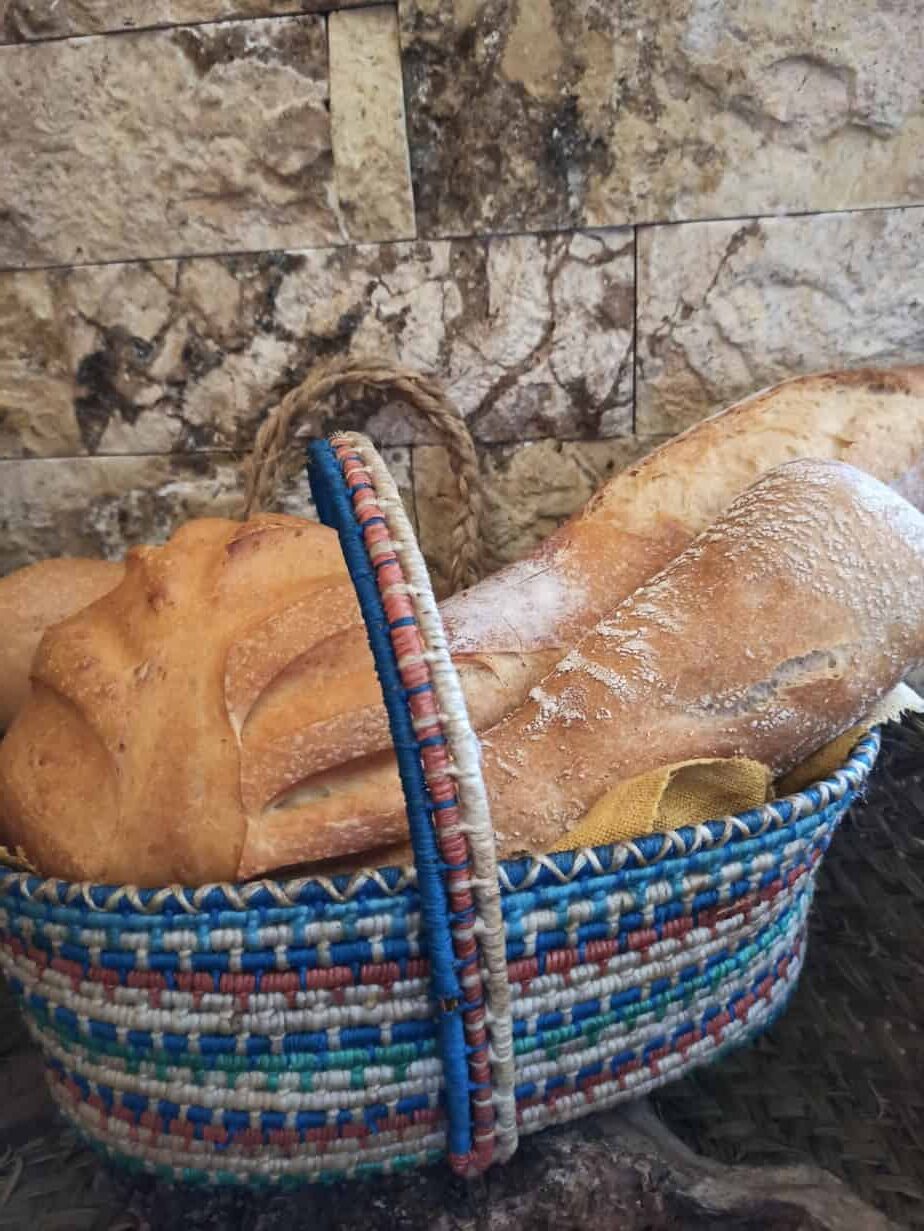
Baguette-The word baguette literally means "a stick". This name is consistent with its shape. It is a long thin French bread with a golden brown crispy crust. It has a soft interior made with 4 ingredients of flour, water, yeast and salt. Using steam during baking is typical for baguettes.
Ciabatta- A white, flat, elongated northern Italian bread. It is made with wheat flour, water, salt, yeast, and olive oil. The dough is very wet and it is recommended to knead it with a mixer, although today there are also recipes that do not require kneading.
Pita- Common bread from Middle Eastern countries like Turkey. It is also found in the Mediterranean and other neighboring areas. This soft bread that puffs up and forms a pocket is ideal for filling with hummus or falafel. It is very easy to make without an oven in a frying pan.
Ezekiel (sprouted bread)- Known for being the healthiest of all bread, this is a bread made without flour and with sprouted grains of barley, millet, and lentils. It is one of the few breads that contains all the essential amino acids for our body. It has a dense texture and is full of vitamins and minerals.
Focaccia- Italian flat bread, similar to pizza dough. It is prepared with flour, water, olive oil, yeast and herbs like rosemary and sage. Although it is most often prepared savory it can also be sweet.
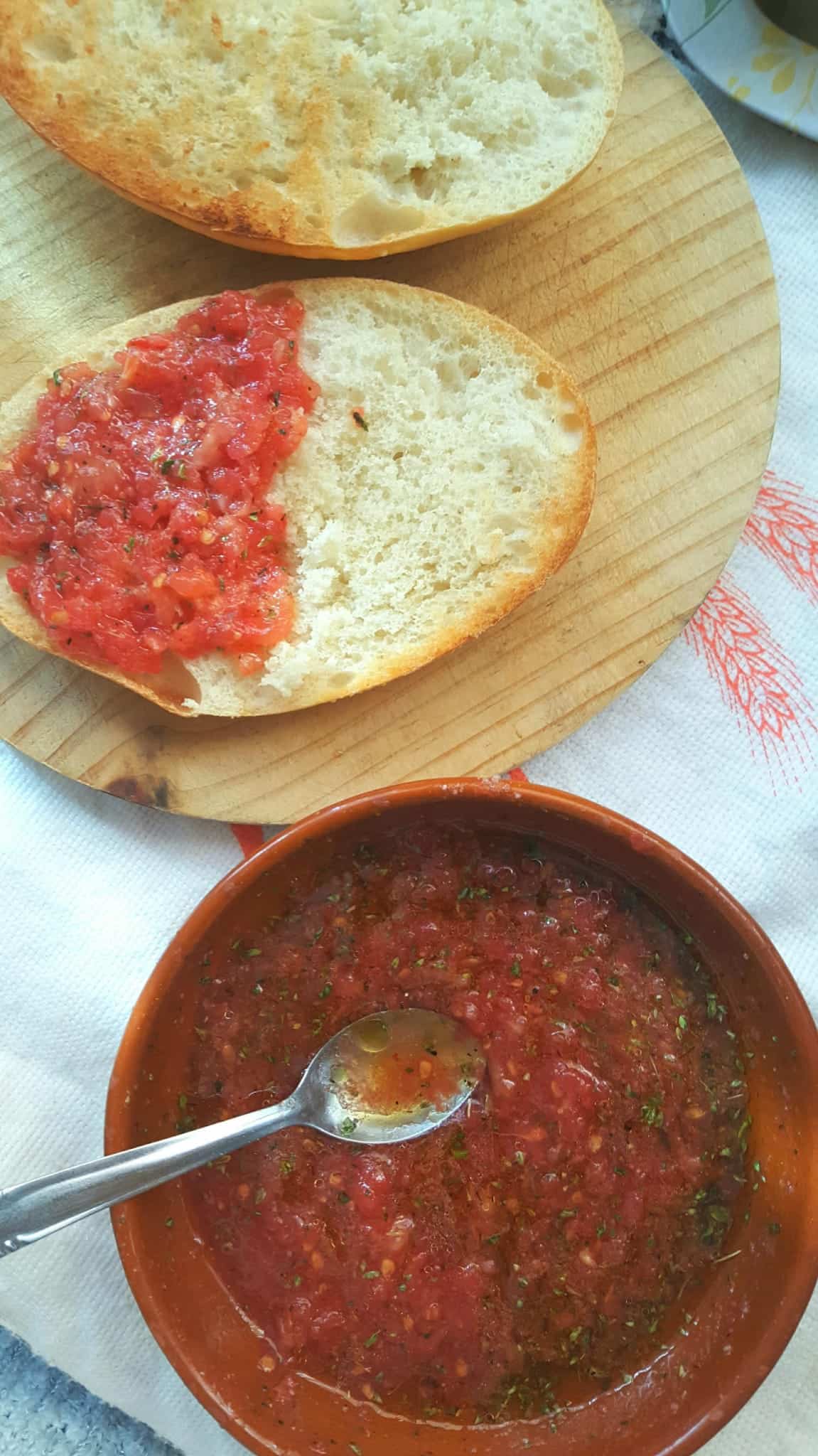
Bread, good or bad?
It is a popular belief that bread is a fattening and unhealthy carb.
However, bread can be a source of the carbohydrates and whole grains that we need for a healthy diet. Instead of avoiding it altogether, it may be a better decision to identify which types are best and watch how much we eat.
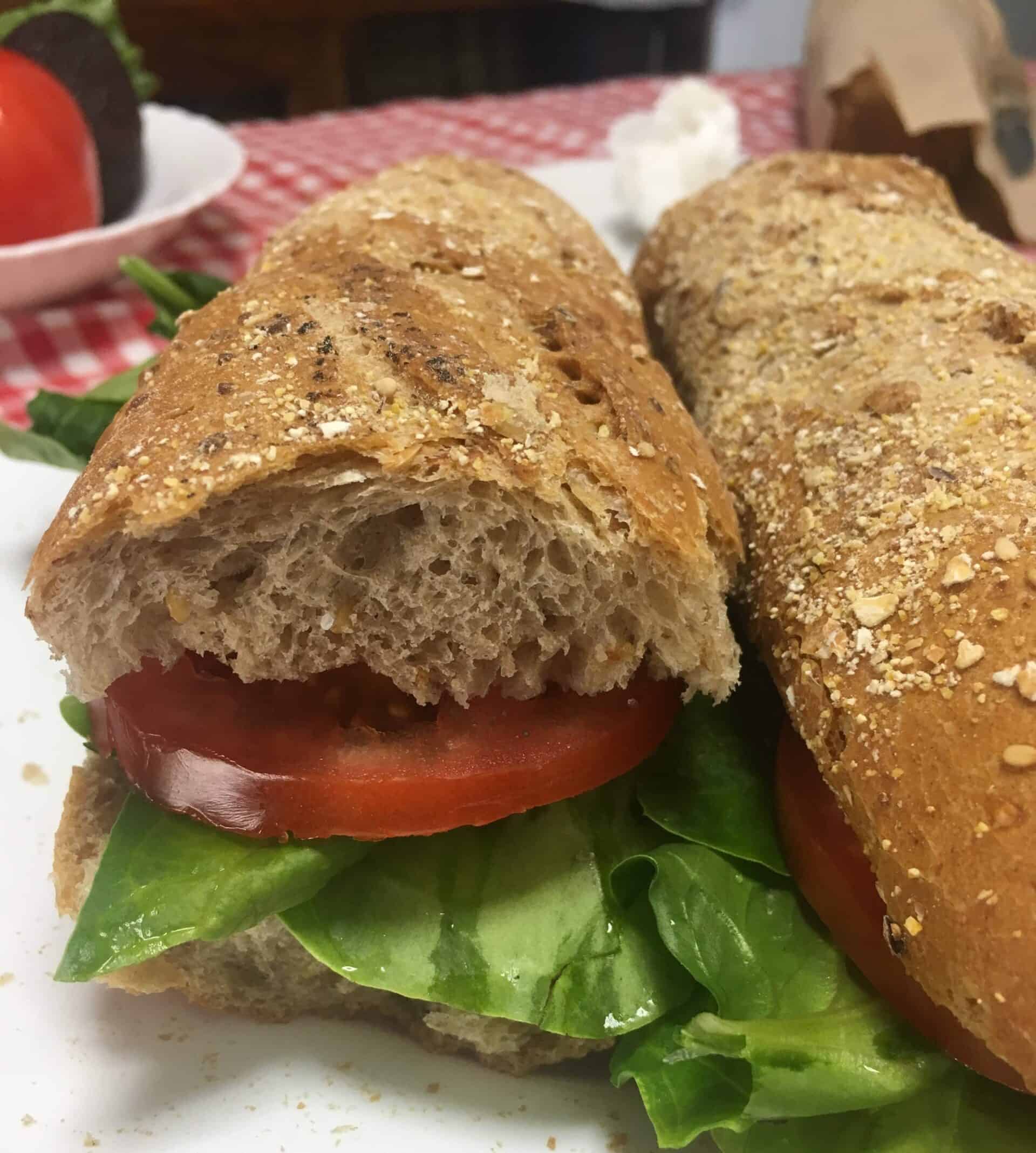
Processing food usually means removing its nutrients and fiber. Without the fiber we don't feel full.
En el afán de hacer el pan durar por más tiempo en buen estado las industrias alimentarias convierten los granos en harinas refinados.
Este proceso se quita el germen y salvado, vitaminas B, hierro, y la fibra (osea todo lo bueno) por eso no sentirás llena después de comerlo.
Granos enteros contienen carbohidratos complejos que son esenciales para el salud y peso saludable.
Si nuestra pan está hecho de grano enteros puede ser parte de nuestra ingesta diaria requerida de fibra, potasio, magnesio y selenio.
Eating too much, for example pre-sliced loaves, and other processed bread (made with refined flour) can contribute to diabetes and obesity.
Try to eat breads with few preservatives that are whole grain without too much sucrose, glucose and fructose. These added sugars are not good for us.
So if you choose whole grains breads avoiding what's processed with added sugars, bread can be a good source of carbohydrates. Although it should never replace vegetable, fruits, legumes and grains.
Tips for making your own vegan bread
By far, the best way to ensure that your bread is vegan is to make it yourself. There's something really rewarding about making your own bread at home. The whole kitchen or house smells of fresh bread, and who can resist that?!
Use these tips when making your vegan bread:
- Don't have an oven? Make yourself a pita, or tortilla. When these slide hot off the frying pan, you'll be happy to eat it with any curry, stew, or sandwich.
- Use vegan(non-dairy) milks, if the recipe calls for more than just water. Soy, almond, and rice milks have a neutral flavor and are therefore good choices, while coconut and cashew milk have a slightly more prominent flavor.
- Agar Agar is a vegan gelatin made from red algae that has no fat or calories and is full of fiber, and can be used as a substitute for animal gelatin. It's used in some gluten-free recipes to replace gluten.
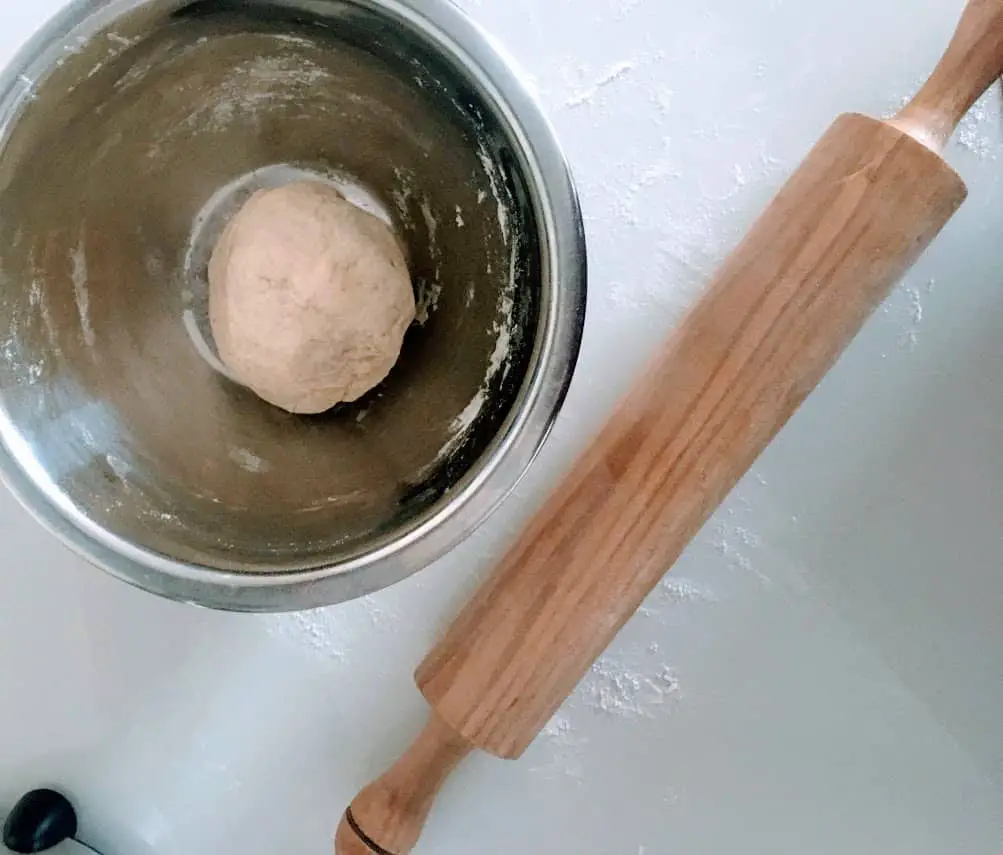
- Replace butter with vegetable margarine. Or better yet, if you want to avoid high hydrogenated oil use coconut or olive oil
- Use ground chia or flax seeds ground with water as a binder. This is often called a flax or chia "egg" . Bananas and applesauce serve a similar function.
- To sweeten, use maple syrup or agave instead of honey
- Vegetable shortening, like the Crisco brand, is vegan and can be used to replace lard
International list of breads

Every country has its own traditional bread. This list compiles some typical breads from different countries and shows whether they are vegan or not. If not, it offers suggestions on how to make it vegan yourself. Fortunately, pretty much every bread can be made vegan!
*Disclaimer* I haven't tried every suggestion so there is no guarantee of perfect results. But I wanted to share some possible substitutions to give you some great ideas. Try it and I'm sure you can still enjoy your favorite bread!
But if you don't plan on making it at home, always ask about the ingredients before you buy.
| COUNTRY | TRADITIONAL BREAD | VEGAN | NOT VEGAN | TIPS AND POSSIBLE SUBSTITUTIONS |
|---|---|---|---|---|
| Chile | Marraqueta | 👍 | ||
| Sopaipilla | 👍 | |||
| Argentina | Pebete | 👎 | Replace the milk powder with soy milk and the lard with margarine or vegetable shortening | |
| Pan de Leche | 👎 | Replace the warm milk for soy milk. You can make pastry cream with corn starch, lemon juice, sugar, soy milk and vanilla | ||
| México | Tortilla | 👍 | ||
| Bolillo | 👍 | If you use shortening make sure its vegetable based | ||
| Spain | Barra | 👍 | ||
| Mollete | 👍 | |||
| Colombia | Arepa | 👍 | ||
| Pan de Yuca | 👎 | Use your favorite vegan cheese o nutritional yeast. Use margarine or oil instead of butter and use a flax "egg" | ||
| Ecuador | Pan Dulce | 👎 | Use soy, almond, or rice milk. Make a flax "egg". Use water and corn starch or oil to brush on the top | |
| Perú | Chuta | 👎 | Make sure the shortening is vegetable based and use a flax "egg" | |
| Cachanga | 👍 | |||
| Chapla | 👍 | |||
| Italy | Focaccia | 👍 | ||
| Ciabatta | 👍 | |||
| United States | Cornbread | 👎 | Use soy or almond milk. Make a flax egg or use applesauce as the binder (1/4 cup per each egg called for) used vegan butter or margarine | |
| Sourdough | 👍 | |||
| Bagels | 👍 | |||
| Panamá | Hojaldres(Hojaldas) | 👎 | Substitute the egg for a flax "egg" | |
| Venezuela | Casabe | 👍 | ||
| Arepa | 👍 | |||
| Puerto Rico | Pan Sobao | 👍 | Brush with oil or vegan butter before baking for the shine | |
| Brazil | Pão de queijo | 👎 | Substitute with vegan Parmesan or nutritional yeast | |
| Turkey | Pita | 👍 | ||
| The Dominican Republic | Pan de Agua | 👍 | Brush with oil or vegan butter | |
| India | Naan | 👍 | ||
| Paraguay | Chipá | 👎 | Use vegan cheese and non-dairy milk |
